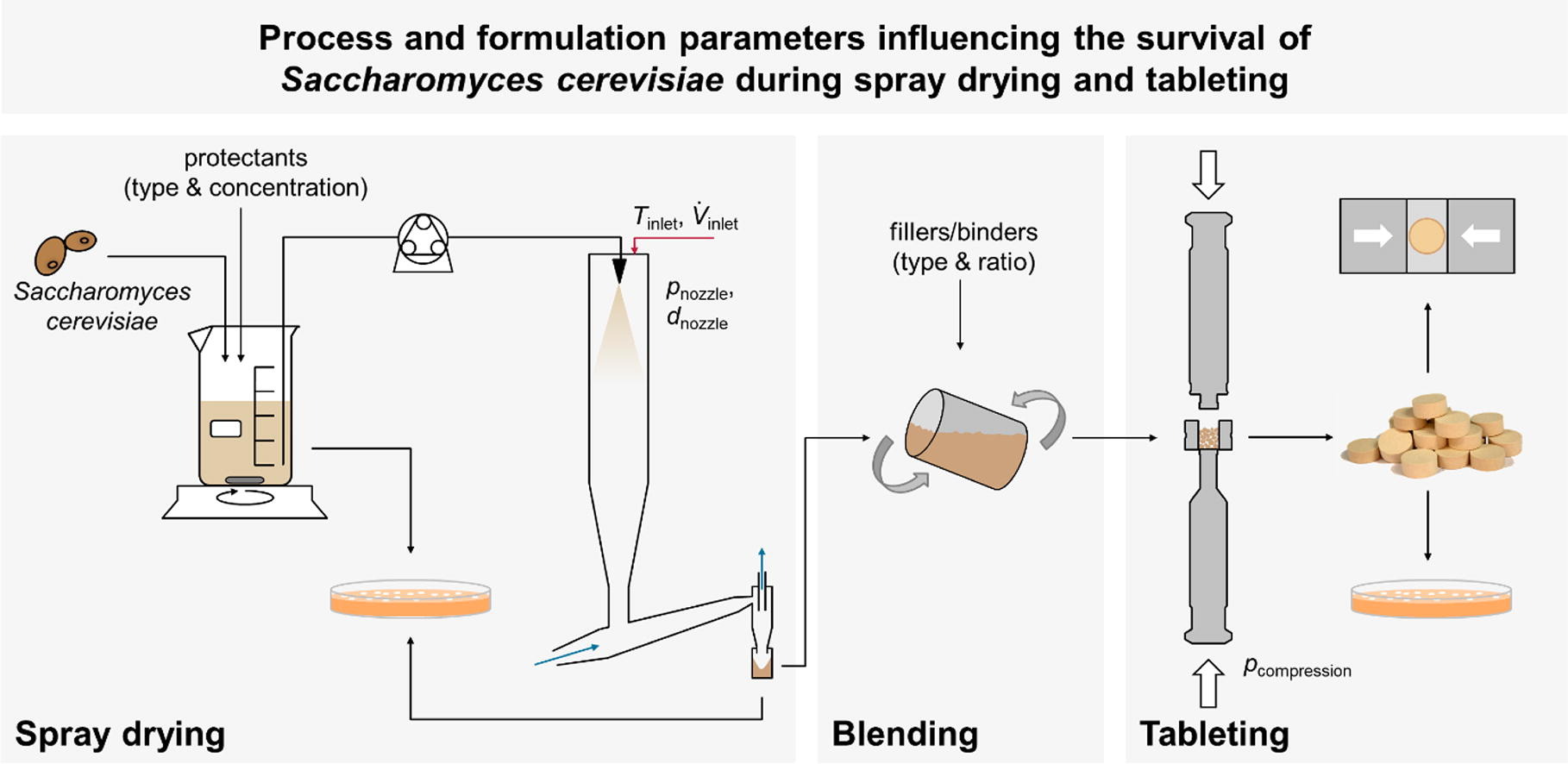
Scientists Innovate Spray-Drying Techniques to Conduct Organic Reactions, Enabling Quicker and Eco-Friendly Chemical Synthesis
A group of scientists in Spain has introduced a groundbreaking application for spray-drying machinery — a common tool in the pharmaceutical and food sectors — by showcasing its effective use in facilitating standard organic chemical reactions. This advancement paves the way for quicker, more sustainable methods of producing small organic molecules, including crucial drug components.
Traditionally employed to convert liquid solutions into powdered forms by atomizing them into a flow of heated gas, spray-drying has been closely linked to processes like flavor encapsulation in culinary science and tablet creation in the pharmaceutical field. However, Daniel Maspoch and his team at the Catalan Institute of Nanoscience and Nanotechnology have successfully modified this industrial method for application in synthetic chemistry.
Inspiration Behind the Breakthrough
While the use of aerosols and microdroplets in chemistry is not entirely novel, recent findings indicating that chemical reactions can be greatly accelerated within microdroplets motivated the team to investigate the technique’s possibilities. Microdroplet chemistry reaps significant benefits from increased surface area and the distinctive dynamic features produced during evaporation, potentially allowing for swifter and more effective chemical transformations.
“We became intrigued by how the physical and chemical properties of molecules shift in these tiny, evaporating droplets,” remarks Maspoch. “This curiosity led us to examine whether the well-established and widely applied spray-drying processes in industry could be repurposed to perform actual organic reactions.”
Three Reactions, One Seamless Process
To bring their idea to fruition, the researchers focused on three established organic reactions: Schiff-base condensations, Claisen–Schmidt reactions, and amine acylations. They successfully synthesized eight distinct compounds through these reactions, including the analgesic paracetamol (acetaminophen) — a benchmark compound for pharmaceutical production.
Remarkably, the team noted high yields (up to 85%) and outstanding purity (98%) of paracetamol in a singular continuous process. This starkly contrasts with numerous conventional synthetic techniques, which frequently necessitate several steps and extensive purification using solvents and filtration that not only consume time and resources but also create substantial waste.
The capability to bypass purification stages is considered one of the method’s most significant benefits. “Spray-drying allows us to generate pure materials directly,” states Maspoch. “This streamlines the entire manufacturing process and reduces expensive purification, rendering it more environmentally friendly and scalable.”
Route to Industrial Expansion
Notably, as spray-drying is already implemented at an industrial scale, enlarging this reaction-based method seems practical without requiring entirely new infrastructure. “Scaling it up is a major development,” mentions Maspoch. “It indicates this method could be utilized to produce medicines and various chemicals more swiftly and efficiently.”
This alignment with current equipment could significantly expedite the uptake of the technique by pharmaceutical firms and chemical producers looking to optimize production while simultaneously decreasing environmental impact.
Influence on Industry and Academia
The ramifications of this innovation are already capturing considerable interest. Ryan Bain, a chemist at the US Bureau of Alcohol, Tobacco, Firearms and Explosives, praised the research as “a pivotal moment,” emphasizing that this fresh approach could broaden access to advanced reaction methods beyond just traditional synthetic chemists.
Maspoch’s team is currently focused on refining the method for a wider array of chemical reactions. Future research aims to enhance the process even more, expand the boundaries of reaction complexity, and fine-tune operational variables to enhance efficiency and yield while minimizing energy consumption and waste production.
Looking Forward
This discovery opens an exciting pathway toward greener and more efficient chemical manufacturing. As global industries strive for cleaner, quick, and cost-effective production approaches, spray-drying may soon become a pivotal technology in the upcoming era of sustainable chemistry.
“This is merely the start,” remarks Maspoch. “The potential influence on the pharmaceutical and chemical sectors is vast, and we’re eager to delve deeper into it.”
Combining speed, scalability, and sustainability, spray-drying-based synthesis might soon establish itself as a fundamental aspect of contemporary industrial chemistry.